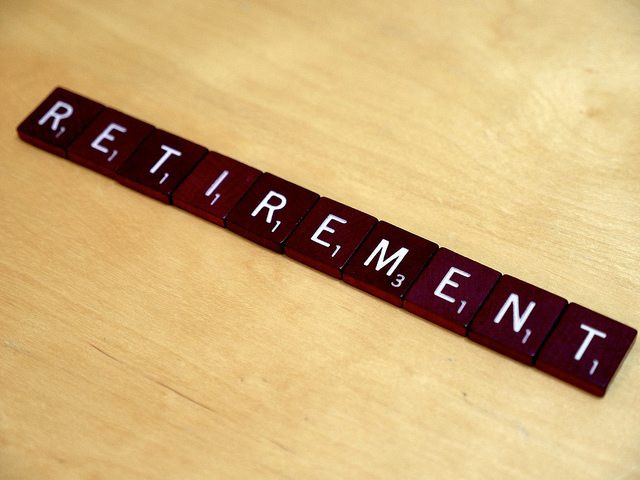Longevity Risk and You

Longevity risk is a term economist use to talk about outliving the money you’ve made over the course of your lifetime, in essence, running out of funds well after your working years. When applied to the Federal Employees Retirement System, or FERS, the longevity risk is the amount of your income after you retire that comes from the TPS, or Thrift Savings Plan. Social Security and the basic FERS retirement credit are not subject to longevity risk as they are guaranteed to last throughout your life.
This is a relatively new phenomenon, as a single benefit via the CSRS, or Civil Service Retirement System was paid out to retirees prior, which functioned more like a pension and was not necessarily contingent on how much money you put into it over the course of your working years. Social Security is a separate system and not a part of the TSP, FERS, or CSRS.
It can be difficult to generate new income as you advance in age, and pensions are not really as popular as they once were. Social Security is only supposed to make up for a part of your pre-retirement income, but the agency reports that nearly a third of all people rely on their Social Security checks for up to 90 percent of their incoming money.
Because 401(k)s and IRAs are very investment heavy funds, and as such come with their own risks, people are sometimes scared to put their money into the fund in a way that can keep generating more money, especially in eras of inflation or market unrest. The G Fund, offered by the TSP is one of the lowest risk options, but that has a low return rate and could potentially not be enough to cover your in retirement after taxes and inflation and other factors that may affect the value of your money.
Many advisors will try to push more volatile funds for TSP participants, like the F Fund, which is less stable than the G Fund, but not as risky as some of the others. The F Fund will pay you back should interest rates dip, but that means it still subject to the whims of the market.
Other funds like the I Fund, the C Fund, and the S Fund are even riskier than that, and most people looking to get into this kind of investing usually do it through one of the L Funds offered, which is a mix of different indexes and stocks, mitigating the financial volatility of any one stock.
The OPM, or Office of Personnel Management reports that retirement benefits are currently being paid to 1.5 million people, over the age of 65. But life can last much longer past that age, with the average retiree 73 years old, with a least 3000 of them living to be centenarians.
FERS is the standard for all federal workers these days, meaning that there is no pension plan for them, and their money will come from savings in their retirement years. Most of this will be through the TSP, but private investments are also sometimes factored in too.
Making your savings last for the rest of your life will require forethought in many areas of financial planning.
Your savings should be put into the fund via automatic contribution. Not only will you not have to think about it, but the government will match a percentage of the money you put into the account, as well as offering you options for tax breaks and deferments, which can make your average dollar last much longer than it would otherwise.






